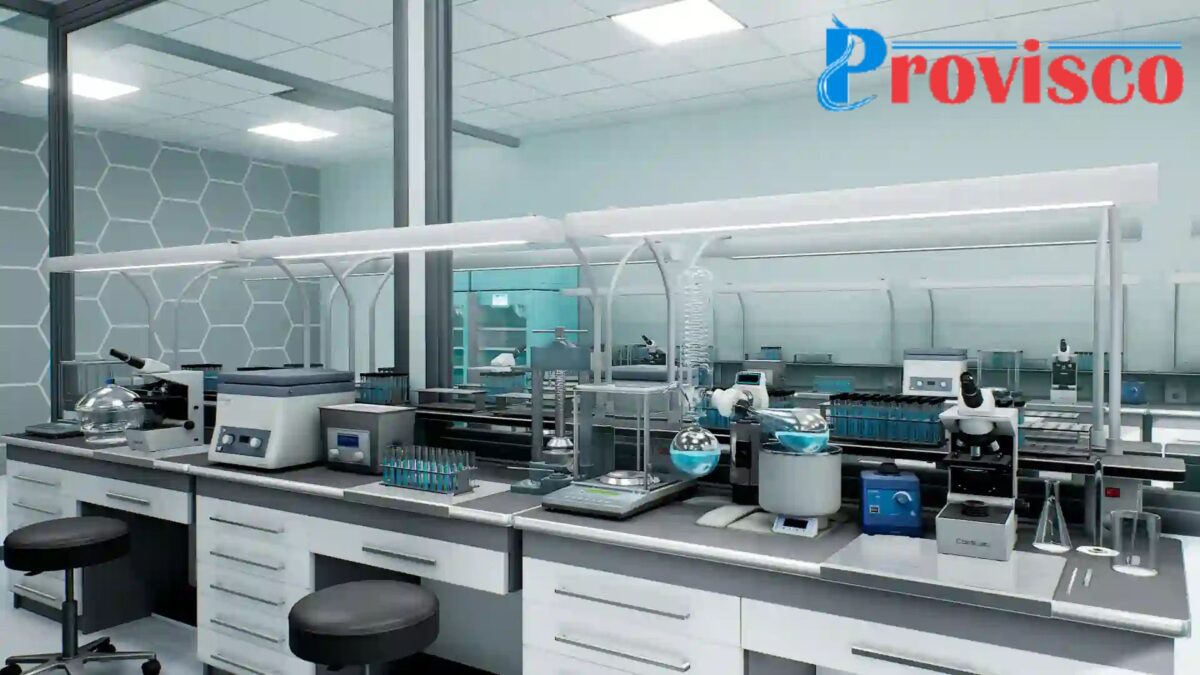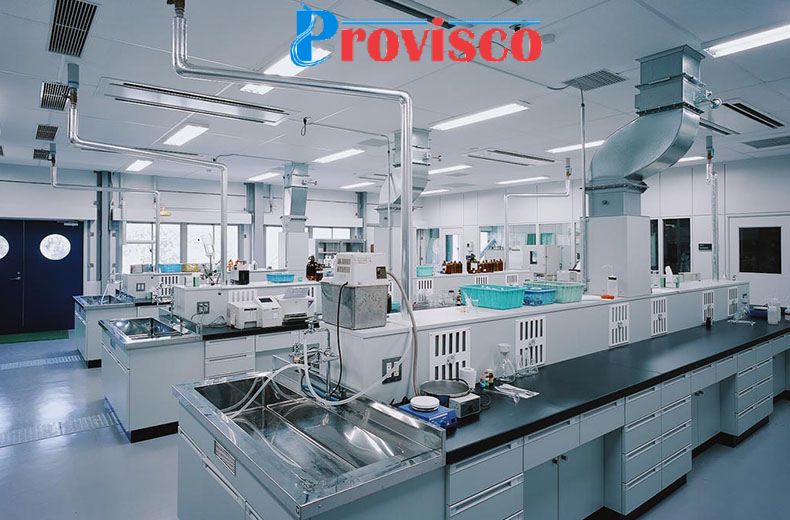A well-designed laboratory is critical in the fast-paced field of scientific research, where breakthroughs and innovations determine the future. At the core of every successful lab is a critical component that frequently goes unnoticed but is critical to driving efficiency and progress: the lab instrument table. In this blog article, we’ll look at lab instrument tables and how they’re changing the way we do research behind the bench.
Laboratories are bustling experimental sites where scientists and researchers labor ceaselessly to uncover the universe’s mysteries. The environment within a lab has a direct impact on experiment results, and the arrangement of instruments and equipment on lab instrument tables can make a big difference.
Accuracy at All Times
Consider a scenario in which every instrument is neatly organized, with simple access and a dedicated location for each item. This is the distinguishing feature of a well-designed laboratory instrument table. Precision and organization go hand in hand, allowing researchers to focus on their work without being distracted by clutter or disarray.
Find out additional information about our site: https://www.proviscotech.com/working-table-instrument-table/
Lab instrument tables that transform research are designed with a deep awareness of scientists’ individual demands. They give plenty of space for sensitive equipment, ensuring that each instrument has its proper home, lowering the danger of damage, and expediting the operation. This precision at the bench translates into precision in outcomes, which is an important aspect of scientific research.
Productivity Defined
In the realm of research, time is critical, and efficiency is essential. Lab instrument tables that revolutionize research are designed for maximum efficiency. Every part is purposefully arranged to reduce the time spent looking for tools, allowing researchers to concentrate on their work.
An efficient layout on the lab instrument table can make the difference between a delayed discovery and a timely breakthrough. From pipettes to microscopes, each instrument has its own dedicated location, resulting in a seamless and efficient working environment. This redefined efficiency is about more than just saving time; it’s also about maximizing the possibility of groundbreaking discoveries.
Integration of Technology
In the twenty-first century, laboratories are adopting cutting-edge technologies to improve their research skills. Lab instrument tables that change research are designed to work easily with these technologies. These tables are built to keep up with technological changes, whether they’re accommodating cutting-edge analytical tools or powering electrical devices.
The integration of technology extends beyond basic convenience. It opens up new opportunities for experimentation and data collection, pushing the boundaries of what is feasible in scientific inquiry. A lab outfitted with instrument tables intended for technological integration is positioned to remain at the leading edge of innovation.
Establishing a Collaborative Environment
Researchers and scientists frequently collaborate to solve challenging challenges. Lab instrument tables that change research are more than just individual workstations; they help to create a collaborative environment.
The placement of these tables allows team members to communicate and share their thoughts. A well-thought-out design promotes cooperation by allowing for debates, cooperative experiments, and the exchange of ideas. The consequence is a synergy that accelerates research and creates new opportunities.
Conclusion
Behind every significant discovery lies a lab instrument table, which silently supports the researchers on the bench. These tables are more than just pieces of furniture; they are the unsung heroes of scientific discovery. Lab instrument tables that change research recognize scientists’ individual needs and contribute to the precision, efficiency, and collaborative spirit that propel scientific advancement. As we glance behind the bench, we learn that the well designed instrument table in front of us may hold the key to unraveling the universe’s mysteries.
FAQs
1. What distinguishes a laboratory instrument table as revolutionary for research?
Improves ergonomics and flexibility while maintaining stability, resulting in more efficient and accurate modular research.
2. Can lab instrument tables be altered to meet specific research needs?
Yes, our professional team can design and build totally customized lab tables based on your specific experimental instrument setups, workflow, and research worker ergonomic needs.
3. Can lab instrument tables be modified to accommodate changing research needs?
Our modular lab tables enable for easy reconfiguration as research equipment, methodologies, and space requirements change over time.



